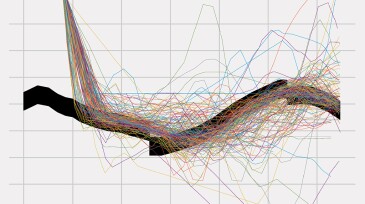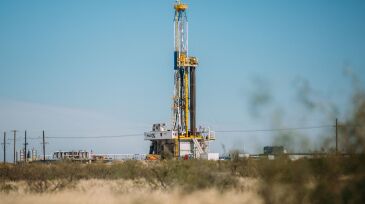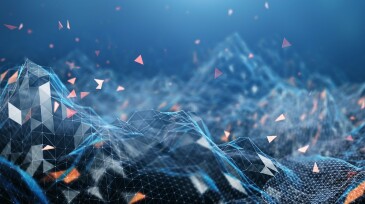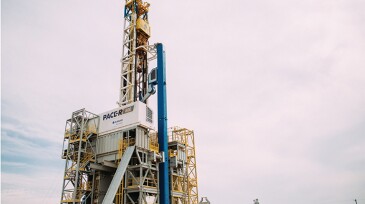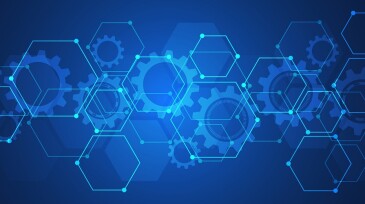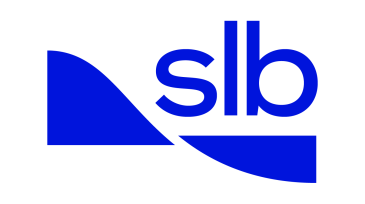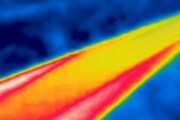DSDE: Features
-
Geosteering is supposed to ensure the wellbore stays in the most-productive zone, but a recent study suggests it often misses the mark.
-
The SPE Workshop “Impact of Digitalization on Drilling Operations” began on 29 November in Al-Khobar, Saudi Arabia, welcoming 316 attendees from 17 countries and 44 companies.
-
Nabors' RZR-equipped rig has successfully drilled multiple horizontal wells in the Permian Basin.
-
Large geological models are needed for modeling the subsurface processes in geothermal, carbon-storage, and hydrocarbon reservoirs. The size of these models contributes to the computational cost of history matching, engineering optimization, and forecasting. To reduce this cost, low-dimensional representations need to be extracted. Deep-learning tools, such as autoenc…
-
The new Methane Alert and Response System initiative aims to scale up global efforts to detect and act on major emission sources in a transparent manner and accelerate implementation of the UN’s Global Methane Pledge. The system is designed to alert governments, companies, and operators about large methane sources to aid rapid mitigation.
-
The SPE Outstanding Associate Editor Award is presented to those who have distinguished themselves as high-performing associate editors for SPE’s peer-reviewed journals. Twenty-three SPE members have been named as recipients this year.
-
Methods inspired by artificial intelligence and software development help generate more ideas that add more value.
-
Remote operations and automation have reshaped the drilling landscape in recent years, but this may be just the beginning. Find out here which big milestones may be coming up next for the drilling sector.
-
At the company’s annual conference, leaders from its Automations Solutions business laid out a three-pronged effort to improve automation architecture—intelligent fields, the edge, and the cloud.
-
In following some of the upstream industry's other big firms, the legacy oilfield service company believes the time for a change has come.
Trending Now on DSDE
Stay Connected
Don't miss out on the latest technology delivered to your email every 2 weeks. Sign up for the DSDE newsletter.

